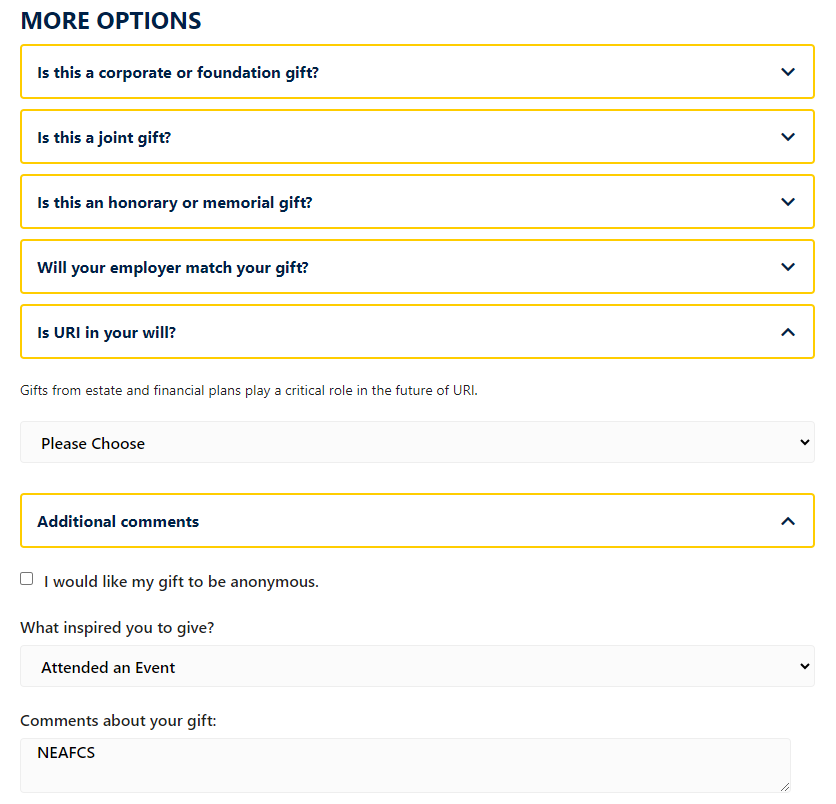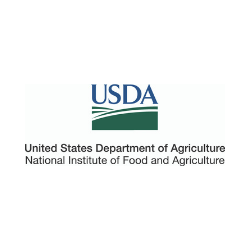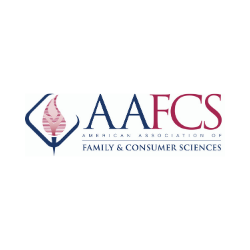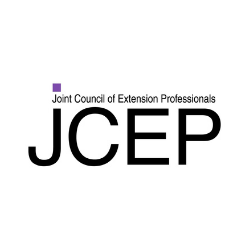Annual Session Service Project
UNIVERSITY OF RHODE ISLAND FREE FARMERS MARKET
Everyone can participate - whether you are attending Annual Session or not. Let's show them how NEAFCS supports local organizations.
$10,000 and 200 pounds of apples
We invite you to participate in our Annual Service Project. Our goal is to raise $10,000 for the Free Farmers Market at the University of Rhode Island. This Market was a collaborative program between URI Health Services, Colleges of Health Sciences and Nursing, and other campus groups that mobilized student volunteers to glean and distribute excess produce from campus farms to the university community.
With over 5,000 total pounds of fruits and vegetables gleaned from campus-based farms. In addition to a monetary donation, we have over 20 NEAFCS Affiliate members donating their time to pick apples and our apple-picking goal is 200 pounds of apples.
How to Donate:
It is important to follow the steps below so URI can report the total amount raised for the NEAFCS Service Project.
Website: https://web.uri.edu/nutrition/student-resources/get-involved/
- Donations can simply be made online by visiting the following website.
- Once on the site, scroll down slightly and on your right side there is a box that says DONATE HERE TO SUPPORT THE FREE FARMERS' MARKET.
- Enter gift amount.
- Name on the designation should be autofilled as "Sustainable Agriculture Research".
- Proceed to fill out the remainder of the required information.
- When you reach MORE OPTIONS, select ADDITIONAL COMMENTS and include the following:
- What inspired you to give: ATTENDED AN EVENT
- Comments about your gift: NEAFCS

More about URI's Free Farmers Market
With over 5,000 total pounds of fruits and vegetables gleaned from campus-based farms, an estimated 10,000 total servings of produce were distributed to University of Rhode Island students.
It is estimated that through collaborative efforts, 44,000 grams of Dietary Fiber (equivalent to 1,500 100% DVs), 430,000mg of Potassium (equivalent to 900100% DVs), 24,000 IUs of Vitamin D (equivalent to 31 100% DVs), and 9,500mg of Iron (equivalent to 500 100%DVs), were diverted from farm-level food loss/waste.


|



